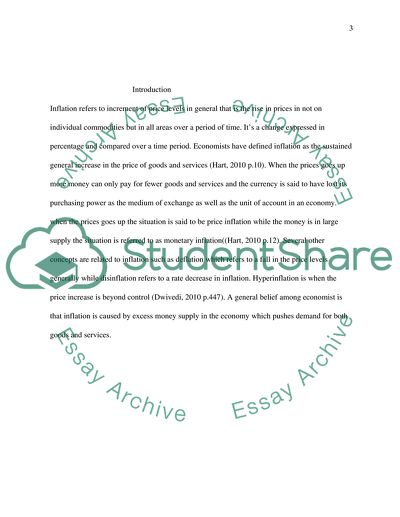Cite this document
(“Inflation Essay Example | Topics and Well Written Essays - 1750 words - 1”, n.d.)
Inflation Essay Example | Topics and Well Written Essays - 1750 words - 1. Retrieved from https://studentshare.org/macro-microeconomics/1639299-inflation
Inflation Essay Example | Topics and Well Written Essays - 1750 words - 1. Retrieved from https://studentshare.org/macro-microeconomics/1639299-inflation
(Inflation Essay Example | Topics and Well Written Essays - 1750 Words - 1)
Inflation Essay Example | Topics and Well Written Essays - 1750 Words - 1. https://studentshare.org/macro-microeconomics/1639299-inflation.
Inflation Essay Example | Topics and Well Written Essays - 1750 Words - 1. https://studentshare.org/macro-microeconomics/1639299-inflation.
“Inflation Essay Example | Topics and Well Written Essays - 1750 Words - 1”, n.d. https://studentshare.org/macro-microeconomics/1639299-inflation.


